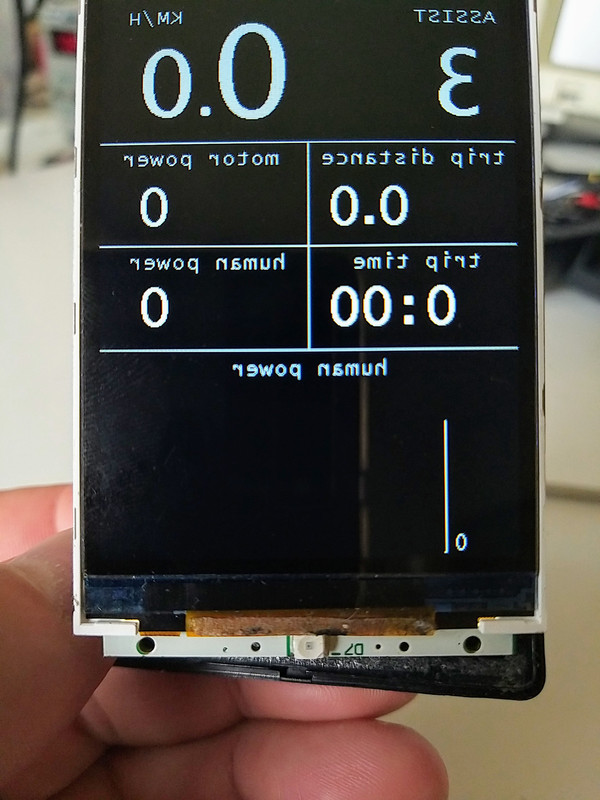casainho said:eyebyesickle said:Rider2000 said:Hi guys,
it is really nice to read the progress with the TSDZ2 programming. Especially the 850C support is great.
My question is: Is it also working with the new APT 860C Display ?
This would be really great.
I think I just answered you who asked this in the other thread, but for everyone's reference here:
I'm waiting on some 860c samples, and getting the code modifications needed for the OSF software. Will be passing on to OSF engineers... It is supposedly a very simple/minimal change in code from what I understand.
The good thing about the 860c is that it is much more visible in sunlight! Also has an extra button on the remote control button panel...
I think I already have a 860C but as 850C. Someone sent me one 850C because the image was inverted. This display is clearly different in the colors and also has a small light sensor under the LCD, as seen on the image. The 850C board has the place for that light sensor but it is not assembled. This new version of 850C has the light sensor assembled and the LCD is clear better in the color at least, I didn't take it to outside. But this version still have the same 3 buttons.
To be clear, our firmware already works perfectly on this 850C new version, so, I guess it will also work on the 860C expect that will miss the extra button number 4.

That's really good news
I tested this Display since few weeks and I can say that it is really better than the the 850C in all points (even better then the Bafang DP-C18 in my opinion).
Looking foreward to test it with the TSDZ2 soon !

